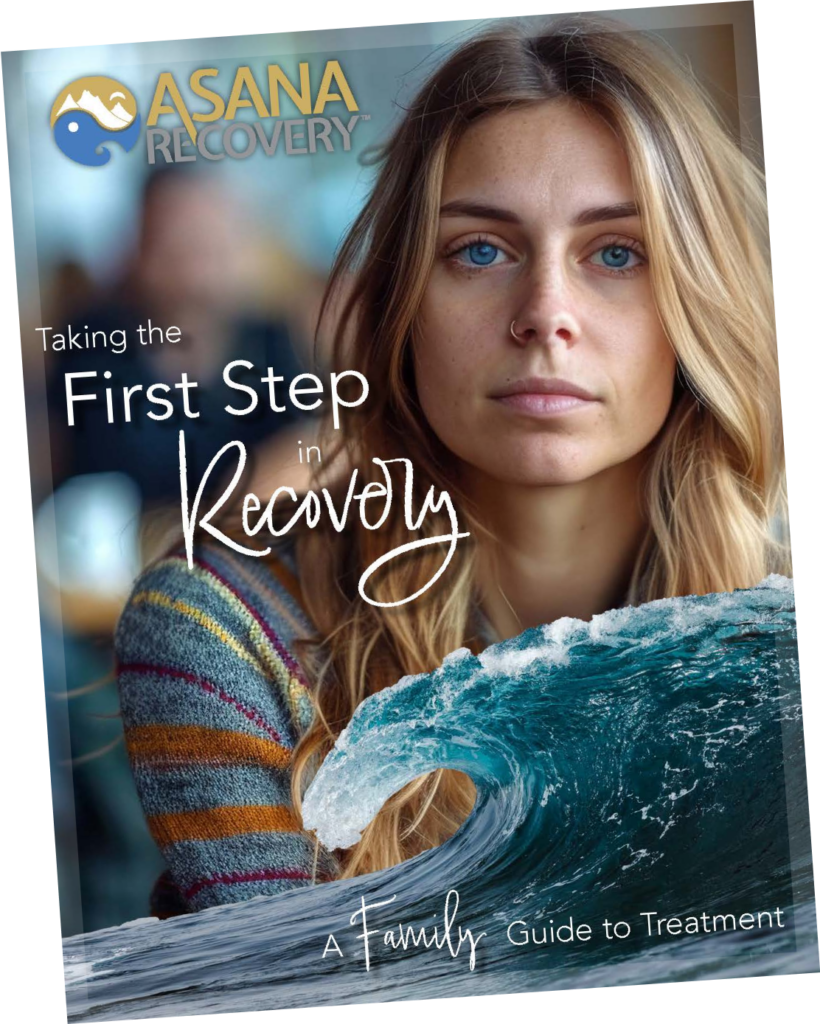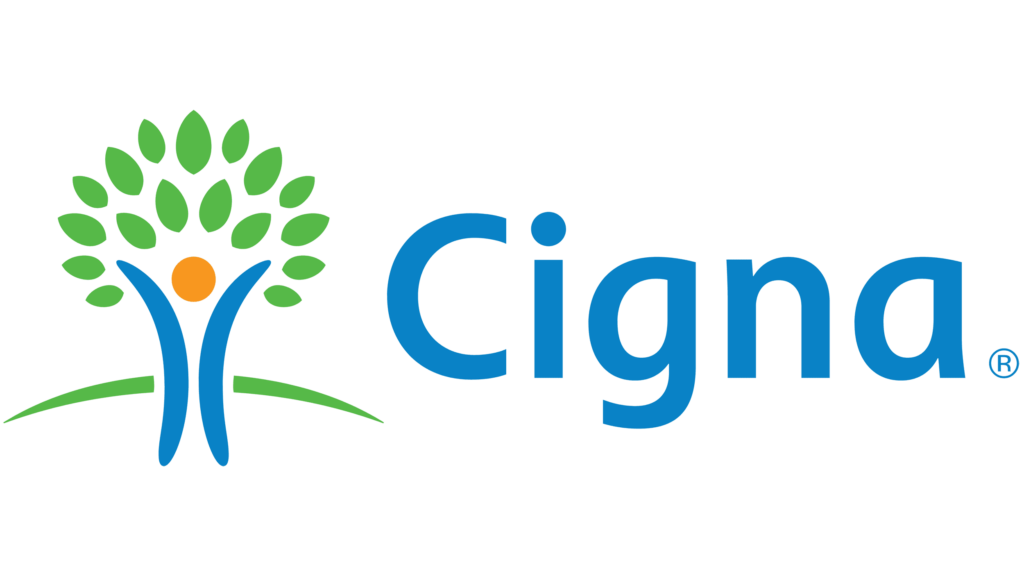Mixing cocaine and Xanax creates a volatile chemical conflict within the body, often described as a “push-pull” effect. Cocaine, a potent stimulant, floods the brain with dopamine and norepinephrine, sharply elevating alertness, heart rate, and blood pressure. In contrast, Xanax (alprazolam) enhances GABA activity—a neurotransmitter that slows neural firing—inducing sedation and muscle relaxation. This opposing action confuses the body’s regulatory systems, impairing its ability to signal distress. Users may perceive reduced anxiety or physical tension from Xanax, falsely interpreting this as a neutralized cocaine high. In reality, cocaine continues straining the cardiovascular system while Xanax suppresses vital reflexes like the gag reflex or respiratory drive.
The illusion of control often leads to dose escalation, as individuals take more cocaine to counteract Xanax-induced drowsiness, or more Xanax to temper cocaine-induced anxiety. This cycle overwhelms the liver and kidneys, which must metabolize both substances simultaneously. Over time, the strain on these organs can result in acute toxicity, with symptoms like unconsciousness, pulmonary edema, or stroke.
The practice of using Xanax post-cocaine is rooted in a flawed understanding of neurochemistry. Cocaine’s crash—marked by irritability, exhaustion, and dysphoria—drives users to seek rapid relief. Xanax’s fast-acting anxiolytic properties temporarily mute these symptoms, creating a misguided belief that it “resets” the body. However, this combination fails to address cocaine’s lingering metabolites, which remain active in the bloodstream for hours.
Social and environmental factors also play a role. In high-pressure settings like nightlife or competitive work environments, individuals may use cocaine to sustain energy and Xanax to “take the edge off.” This pattern normalizes polydrug use, perpetuating a cycle where neither substance’s risks are fully acknowledged. Online communities often amplify this behavior, with users sharing tips on timing doses or managing side effects without medical guidance. Many Xanax and cocaine Reddit discussions show users underestimating these dangers, making them more prone to dependency.
The immediate consequences of combining these drugs are both physical and psychological.
Cardiovascular Stress: Cocaine constricts blood vessels and forces the heart to work harder, while Xanax slows respiratory rates. This mismatch can lead to hypertensive crises, where blood pressure spikes dangerously, or bradycardia, where the heart rate drops precipitously.
Neurological Impact: The clash between stimulant and depressant disrupts neurotransmitter balance. Users may experience dissociative episodes, where they feel detached from reality, or hypervigilance, alternating with sudden drowsiness. Memory formation is particularly affected, with gaps in recall (“blackouts”) becoming more frequent.
Behavioral Risks: Impaired judgment increases the likelihood of risky decisions, such as driving under the influence or engaging in unprotected sex. Paranoia and aggression may escalate, straining relationships or leading to confrontations.
Asana Recovery works with most PPO plans, covering up to 100%. See if your insurance can help fund your journey. Click below to get a free quote.

Chronic use of this combination rewires the brain’s reward circuitry. Dopamine receptors become desensitized, requiring higher doses to achieve the same effect. Simultaneously, GABA receptors downregulate in response to constant Xanax exposure, heightening baseline anxiety.
Physical Health Decline:
Mental Health Erosion:
Overdoses often occur because Xanax masks cocaine’s stimulant signals. For example, a user might not feel cocaine’s typical chest tightness or arrhythmias due to Xanax’s numbing effect, leading them to ingest lethal quantities. Conversely, cocaine can delay the onset of Xanax overdose symptoms like respiratory depression, creating a false sense of safety.
Metabolically, cocaine’s vasoconstrictive effects reduce blood flow to organs responsible for breaking down Xanax, prolonging its presence in the system. This synergy increases the likelihood of sudden cardiac arrest or brain hypoxia (oxygen deprivation).
Recovery requires a phased approach due to the complexity of polydrug dependence:
Medical Detox:
Therapeutic Interventions:
Relapse Prevention:
Myth: “Xanax smooths out the cocaine experience.”
Reality: It merely dampens perceptible symptoms while allowing cocaine’s physical damage to progress unchecked.
Myth: “Only frequent users overdose.”
Reality: First-time combiners are at high risk due to unpredictable individual tolerance.
“Can I use Xanax to sleep after a cocaine binge?”
“Does combining them cause permanent damage?”
This combination exploits the body’s natural regulatory systems, creating a biochemical tug-of-war with devastating consequences. Beyond individual health, it strains healthcare systems and fractures communities. Recovery is not just about cessation but rebuilding neural pathways damaged by addiction.
Reach out to specialized dual-diagnosis centers that address co-occurring mental health and substance use disorders. Programs like SMART Recovery offer science-based strategies for long-term sobriety.
Your life is worth protecting. Prioritize healing over temporary escape.
At Asana Recovery, we understand the complexities of Xanax and cocaine addiction and provide personalized, evidence-based treatment to help you regain control. Our compassionate team offers medical detox, inpatient and outpatient rehab, and long-term support to ensure lasting recovery. Don’t wait until it’s too late—contact Asana Recovery today and take the first step toward a healthier, drug-free life. Call now or verify your insurance to begin treatment.
We get it. Addiction recovery is tough. That’s why our programs are founded and staffed by people in recovery – people who truly understand.

No, mixing Xanax and cocaine is extremely dangerous. While some users believe that cocaine and Xanax balance each other out, they actually create a toxic interaction that can lead to heart failure, respiratory distress, and overdose. Xanax and coke have opposing effects on the central nervous system, making the combination highly unpredictable.
Combining cocaine and Xanax can mask the effects of both drugs, leading to excessive consumption and an increased risk of overdose. This combination puts extreme strain on the cardiovascular system, leading to irregular heart rhythms, high blood pressure, and heart attacks. Users may also experience severe anxiety, paranoia, and depression due to the contradictory effects on neurotransmitters.
Taking Xanax after cocaine can be deadly. As cocaine wears off, its stimulant effects diminish, leaving Xanax’s depressant effects unchecked, which can slow breathing to dangerous levels. This can result in respiratory depression, loss of consciousness, or coma.
Long-term use of Xanax and cocaine can cause permanent cardiovascular damage, cognitive impairment, and severe addiction. Chronic users often develop polysubstance dependence, requiring increasingly higher doses to achieve the same effects, which further increases the risk of overdose. Additionally, psychological effects such as paranoia, depression, and panic disorders are commonly reported in long-term users.
Xanax is a CNS depressant, meaning it slows brain activity and induces sedation. It is not an upper. However, when mixed with stimulants like cocaine, the body experiences conflicting signals, which can lead to erratic behavior, high blood pressure, and a greater likelihood of overdose.
The safest way to quit using Xanax and cocaine is through medical detox and professional rehabilitation. Because withdrawal from Xanax can cause seizures and cocaine withdrawal can trigger severe depression and anxiety, detox should be done under medical supervision. Comprehensive inpatient and outpatient rehab programs can provide behavioral therapy, medication-assisted treatment, and relapse prevention strategies to ensure a successful recovery.
If you or a loved one is struggling with Xanax and cocaine addiction, professional treatment is essential. Inpatient rehab, outpatient therapy, and support groups can help break the cycle of addiction. Contact a certified addiction treatment center today to explore your recovery options.
Take your first step towards lasting recovery. At Asana, we offer effective, insurance-covered treatment for addiction and mental health, guided by experts who understand because they’ve been there. Start your healing today.

This book has helped so many men and women; and we want to give it you for FREE. Get signed up today and discover how to unlock the grip of addiction and get back to living your best life.
In this book, you’ll discover…
— The Most Common Misconceptions About Addiction and Rehab
— Why Rock Bottom is a Myth and What You Can Do About It
–The Steps to Healing From Trauma, Both Mentally and Emotionally
–And much more!
You could save up to 100% of your treatment using your Insurance.





By submitting this form, you agree to Asana Recovery’s Privacy Policy. You also consent to Asana Recovery contacting you by phone, text message, and email regarding your insurance benefits and treatment services. You acknowledge that text messaging may involve risks, authorize the use of your Protected Health Information (PHI) for these communications, and understand you can opt-out of text messages at any time by replying “STOP”.
Asana Recovery
We firmly believe that the internet should be available and accessible to anyone, and are committed to providing a website that is accessible to the widest possible audience, regardless of circumstance and ability.
To fulfill this, we aim to adhere as strictly as possible to the World Wide Web Consortium’s (W3C) Web Content Accessibility Guidelines 2.1 (WCAG 2.1) at the AA level. These guidelines explain how to make web content accessible to people with a wide array of disabilities. Complying with those guidelines helps us ensure that the website is accessible to all people: blind people, people with motor impairments, visual impairment, cognitive disabilities, and more.
This website utilizes various technologies that are meant to make it as accessible as possible at all times. We utilize an accessibility interface that allows persons with specific disabilities to adjust the website’s UI (user interface) and design it to their personal needs.
Additionally, the website utilizes an AI-based application that runs in the background and optimizes its accessibility level constantly. This application remediates the website’s HTML, adapts Its functionality and behavior for screen-readers used by the blind users, and for keyboard functions used by individuals with motor impairments.
If you’ve found a malfunction or have ideas for improvement, we’ll be happy to hear from you. You can reach out to the website’s operators by using the following email
Our website implements the ARIA attributes (Accessible Rich Internet Applications) technique, alongside various different behavioral changes, to ensure blind users visiting with screen-readers are able to read, comprehend, and enjoy the website’s functions. As soon as a user with a screen-reader enters your site, they immediately receive a prompt to enter the Screen-Reader Profile so they can browse and operate your site effectively. Here’s how our website covers some of the most important screen-reader requirements, alongside console screenshots of code examples:
Screen-reader optimization: we run a background process that learns the website’s components from top to bottom, to ensure ongoing compliance even when updating the website. In this process, we provide screen-readers with meaningful data using the ARIA set of attributes. For example, we provide accurate form labels; descriptions for actionable icons (social media icons, search icons, cart icons, etc.); validation guidance for form inputs; element roles such as buttons, menus, modal dialogues (popups), and others. Additionally, the background process scans all the website’s images and provides an accurate and meaningful image-object-recognition-based description as an ALT (alternate text) tag for images that are not described. It will also extract texts that are embedded within the image, using an OCR (optical character recognition) technology. To turn on screen-reader adjustments at any time, users need only to press the Alt+1 keyboard combination. Screen-reader users also get automatic announcements to turn the Screen-reader mode on as soon as they enter the website.
These adjustments are compatible with all popular screen readers, including JAWS and NVDA.
Keyboard navigation optimization: The background process also adjusts the website’s HTML, and adds various behaviors using JavaScript code to make the website operable by the keyboard. This includes the ability to navigate the website using the Tab and Shift+Tab keys, operate dropdowns with the arrow keys, close them with Esc, trigger buttons and links using the Enter key, navigate between radio and checkbox elements using the arrow keys, and fill them in with the Spacebar or Enter key.Additionally, keyboard users will find quick-navigation and content-skip menus, available at any time by clicking Alt+1, or as the first elements of the site while navigating with the keyboard. The background process also handles triggered popups by moving the keyboard focus towards them as soon as they appear, and not allow the focus drift outside it.
Users can also use shortcuts such as “M” (menus), “H” (headings), “F” (forms), “B” (buttons), and “G” (graphics) to jump to specific elements.
We aim to support the widest array of browsers and assistive technologies as possible, so our users can choose the best fitting tools for them, with as few limitations as possible. Therefore, we have worked very hard to be able to support all major systems that comprise over 95% of the user market share including Google Chrome, Mozilla Firefox, Apple Safari, Opera and Microsoft Edge, JAWS and NVDA (screen readers).
Despite our very best efforts to allow anybody to adjust the website to their needs. There may still be pages or sections that are not fully accessible, are in the process of becoming accessible, or are lacking an adequate technological solution to make them accessible. Still, we are continually improving our accessibility, adding, updating and improving its options and features, and developing and adopting new technologies. All this is meant to reach the optimal level of accessibility, following technological advancements. For any assistance, please reach out to